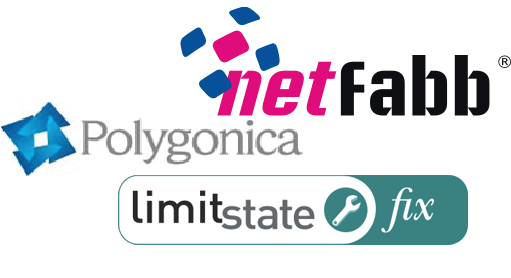
Most 3D models for 3D printing still use the now-aging STL format. That can cause problems.
The issue is that a valid STL file may represent an invalid 3D model, at least invalid for 3D printing.
STL format is simply a very long list of triangles that (hopefully) overlay the outer “skin” of an object. That is how the 3D shape is defined. There’s problems, however: it’s entirely possible to have missing triangles on the “skin”, triangles flipped over, two-dimensional structures and several other scenarios that are pathological for 3D printing.
As a result, some 3D printer slicing software includes features to detect and correct some of these issues. Often this happens automatically, so as to not confuse the unknowing consumer operator.
But there are other times when the complexity of the 3D model and the STL problems go beyond the rudimentary repair capabilities found in slicing software. As a result, software dedicated to this dilemma is available for you to use.
Three companies providing tools to address these issues include NetFabb, LimitState and Polygonica.
Polygonica lists these functions:
- Solid Healing (Automatic closing and repair of solid models)
- Boolean Operations
- Solid Simplification (algorithms simplifying large STL files)
- Solid Offsetting (Unique Boolean engine creating a solid offset)
- Mesh Processing (Geometry manipulation for 2D and 3D models)
Polygonica recently announced some new capabilities, including support for color textures, smooth blending when closing holes and optimized collision detection for overlapping objects.
NetFabb provides similar advanced functions, but offers a variety of purchase options, including a free (but limited) desktop version and a popular cloud-based service providing basic repair functions. NetFabb’s free offerings are most often used by personal 3D printer operators.
Another tool we’ve seen is LimitState:FIX, which provides easy model error repairs in a visual manner. LimitState lists these features:
- Auto fix – Automatically fix all the errors in a model
- Close solids – Properly close holes and intelligently repair related geometric problems
- Fix orientation – Systematically identify and fix polygons in a mesh that are incorrectly oriented
- Remove intersects – Check if a solid is self-intersecting and fixes them if they are
- Remove noise shells – Identify these noise shells and remove them from the model
- Make manifold – Query whether a mesh is manifold and, if it isn’t, mend it
- Mesh simplification – Cuts the number of polygons in a solid, while making sure it still looks right and has accurate geometry
If you’re preparing models for 3D printing you may need this type of tool to manipulate your 3D models, regardless of whether you designed them yourself or obtained them from another source. STL files are notoriously error-prone and you’ll need to fix them sooner or later.
If you’re capturing 3D scans you will definitely require these functions, as 3D scans are inevitably incomplete and not solid.
3D model repair tools can be pricey, but LimitState:FIX’s “Maker” version is priced at only £499 (USD$800). However, the Polygonica and NetFabb provide many functions of great use to commercial 3D print users, such as job quoting or production features.
Via Polygonica, NetFabb and LimitState

